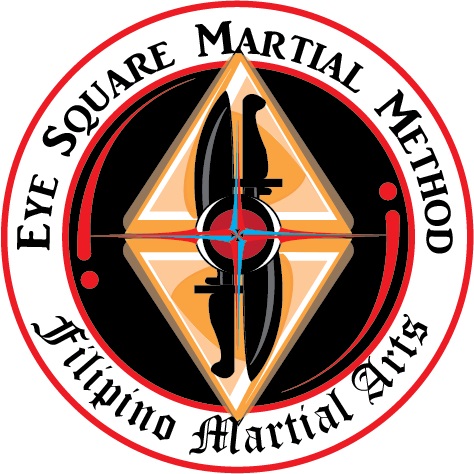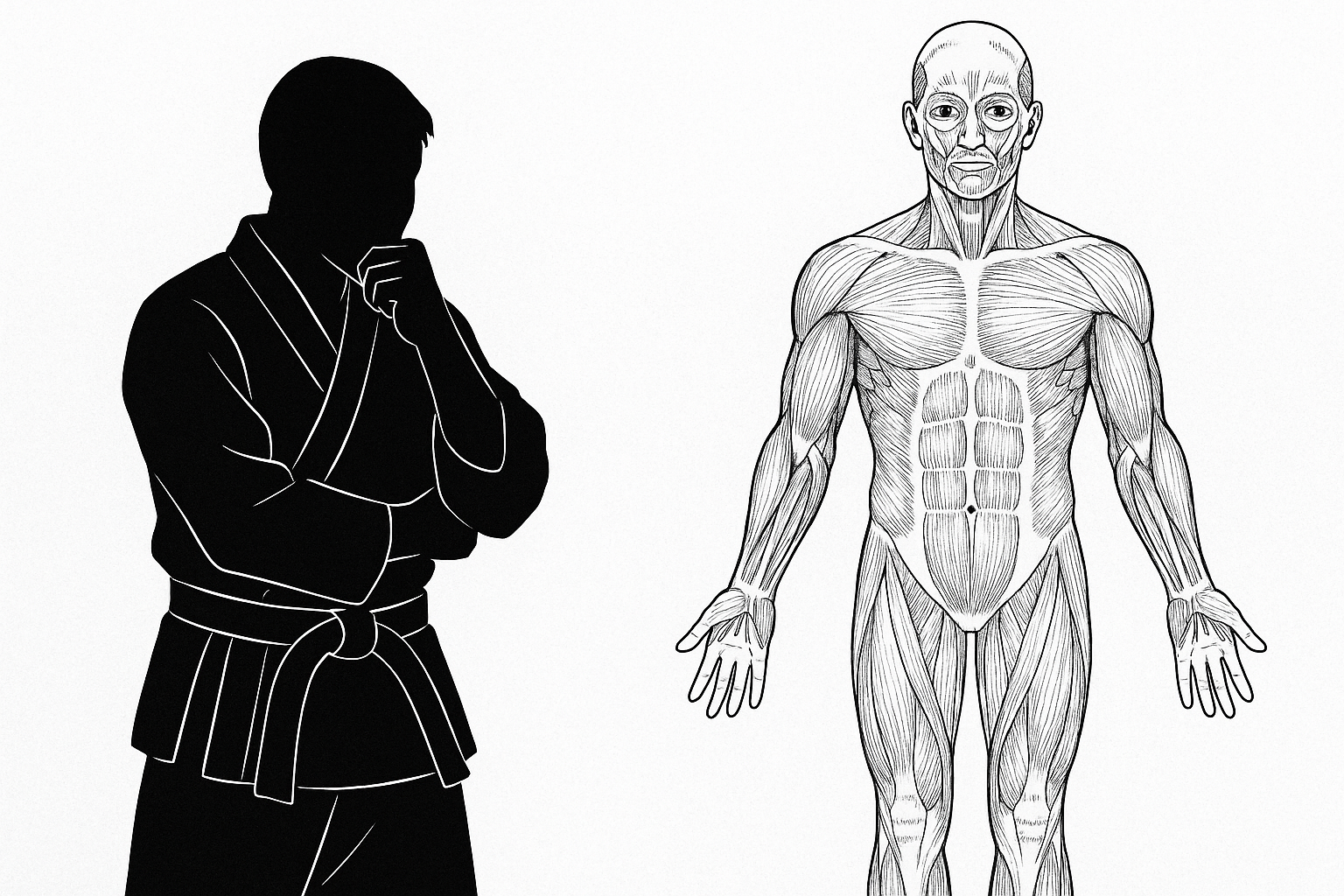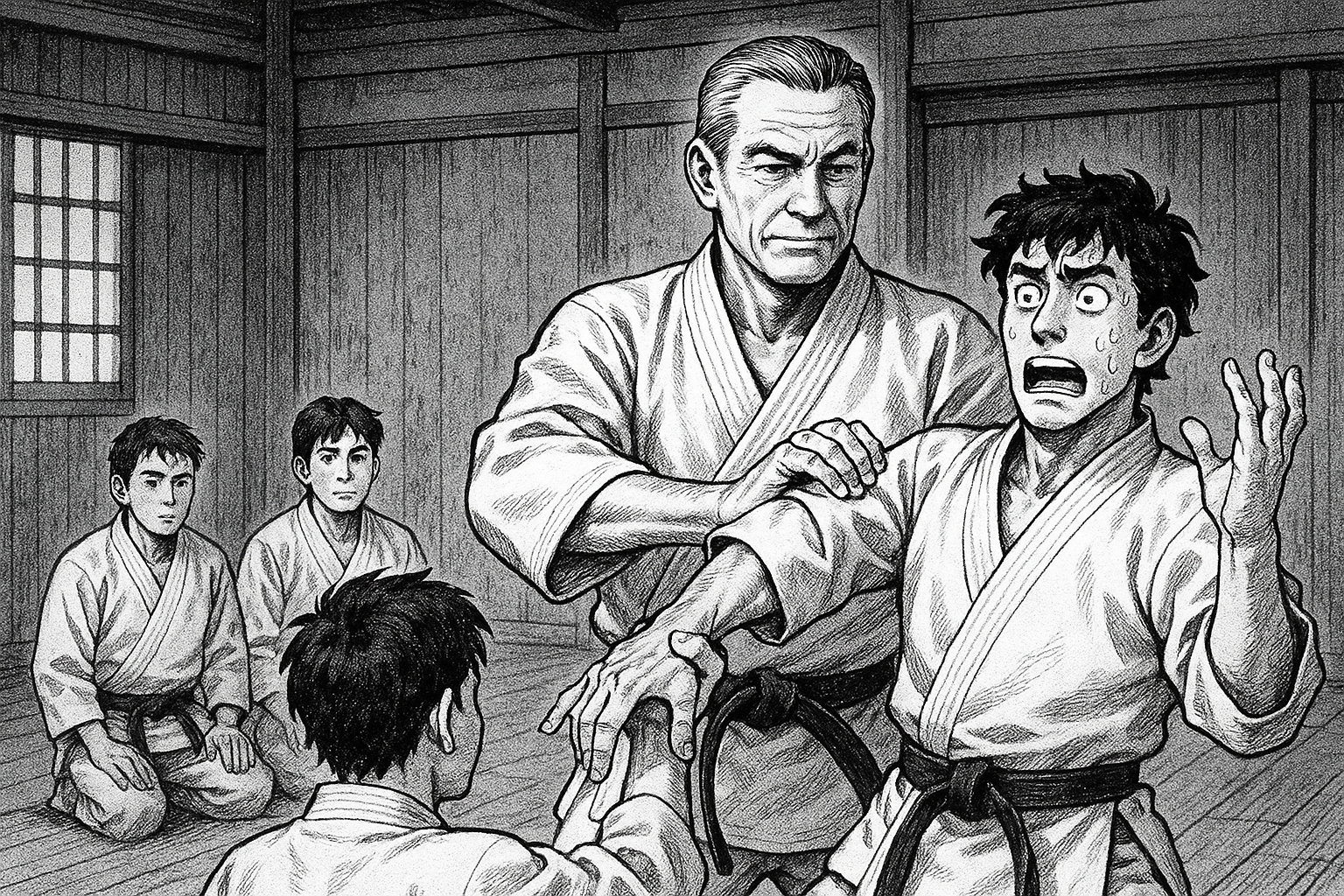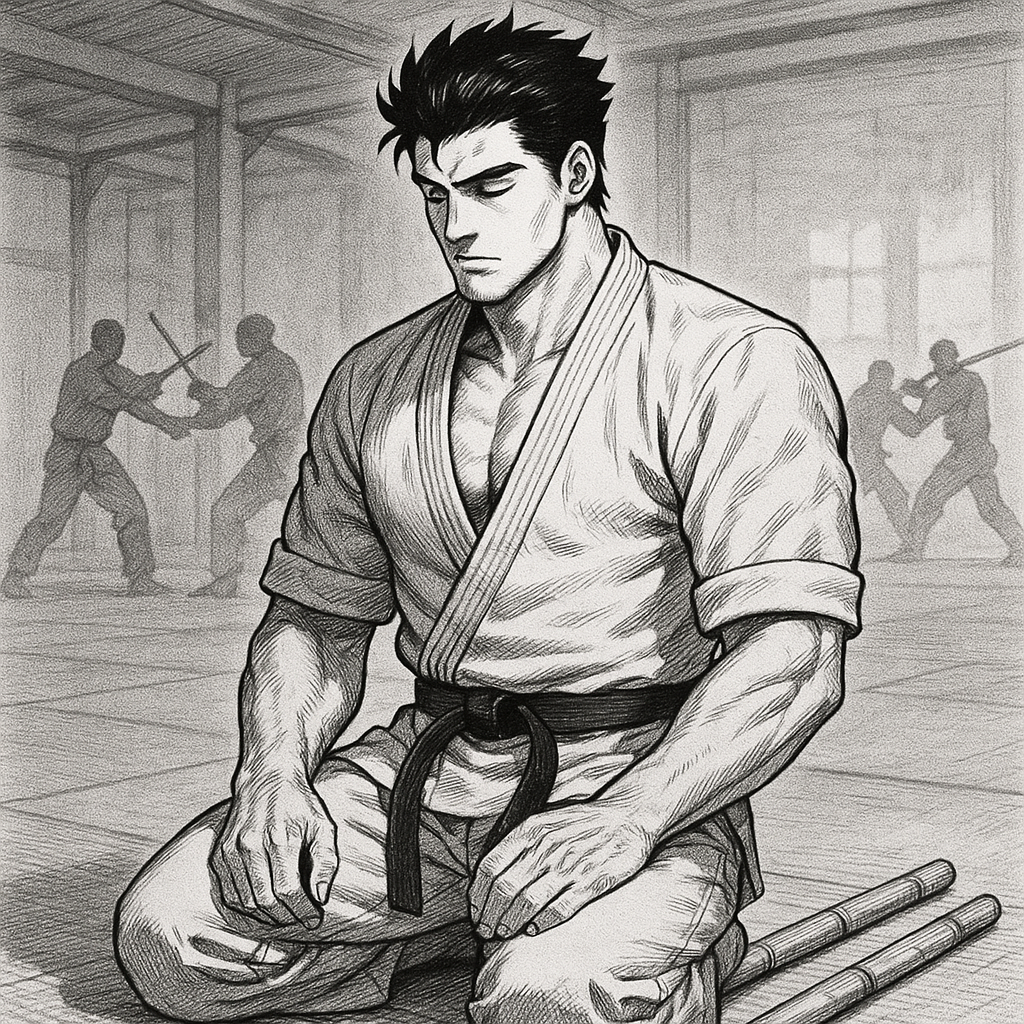Spend five minutes in any martial arts forum, and you’ll find someone arguing over which martial art is best.
It’s the wrong question—and it misses the point entirely.
For more context, check out Why Do You Train?
🤔 What Makes a Martial Art “Good”?
There are martial arts from all corners of the globe—many with lineages that stretch back centuries or more. These arts didn’t stick around by accident.
They’ve endured because they work.
They work in the context of conflict, and more importantly, they work for the human body.
🧍♂️ A Common Platform
People often claim, “That move looks just like the one from Art X—it must have come from there.” Never mind that these arts may have developed continents apart.
More likely?
Similar movements evolve from the same foundation: the human body.
Two arms, two legs, a head, a torso. That’s the platform.
And with it comes some hard truths:
- Cut off blood to the brain? You lose consciousness.
- Restrict air? The body fails.
- Push a joint past its range? It breaks.
It’s not about style—it’s about structure.
⚙️ Good Body Mechanics
A good martial art teaches you to move efficiently:
- Without hurting yourself
- While making it easier to hurt your opponent (if necessary)
It respects the mechanics of your own body, and shows you how to exploit the weaknesses in someone else’s.
It should also scale with you—whether you’re 18 or 80. If it breaks down when your joints do, that’s a problem.
🧩 The Big Picture
A good martial art should:
- ✅ Support your personal training goals
- ✅ Minimize risk to yourself while maximizing effectiveness
- ✅ Adapt with you over time
Outside of those factors, the question stops being “Which martial art is good?”
And becomes “How well can I use what I’m learning?”
Even the most “effective” art in the world is useless if you can’t apply it.
At the end of the day, it’s not just about the art—it’s about the artist.
So maybe the better question isn’t “Which martial art is best?”
But rather:
“Which one is best for you—and are you willing to do the work?”



